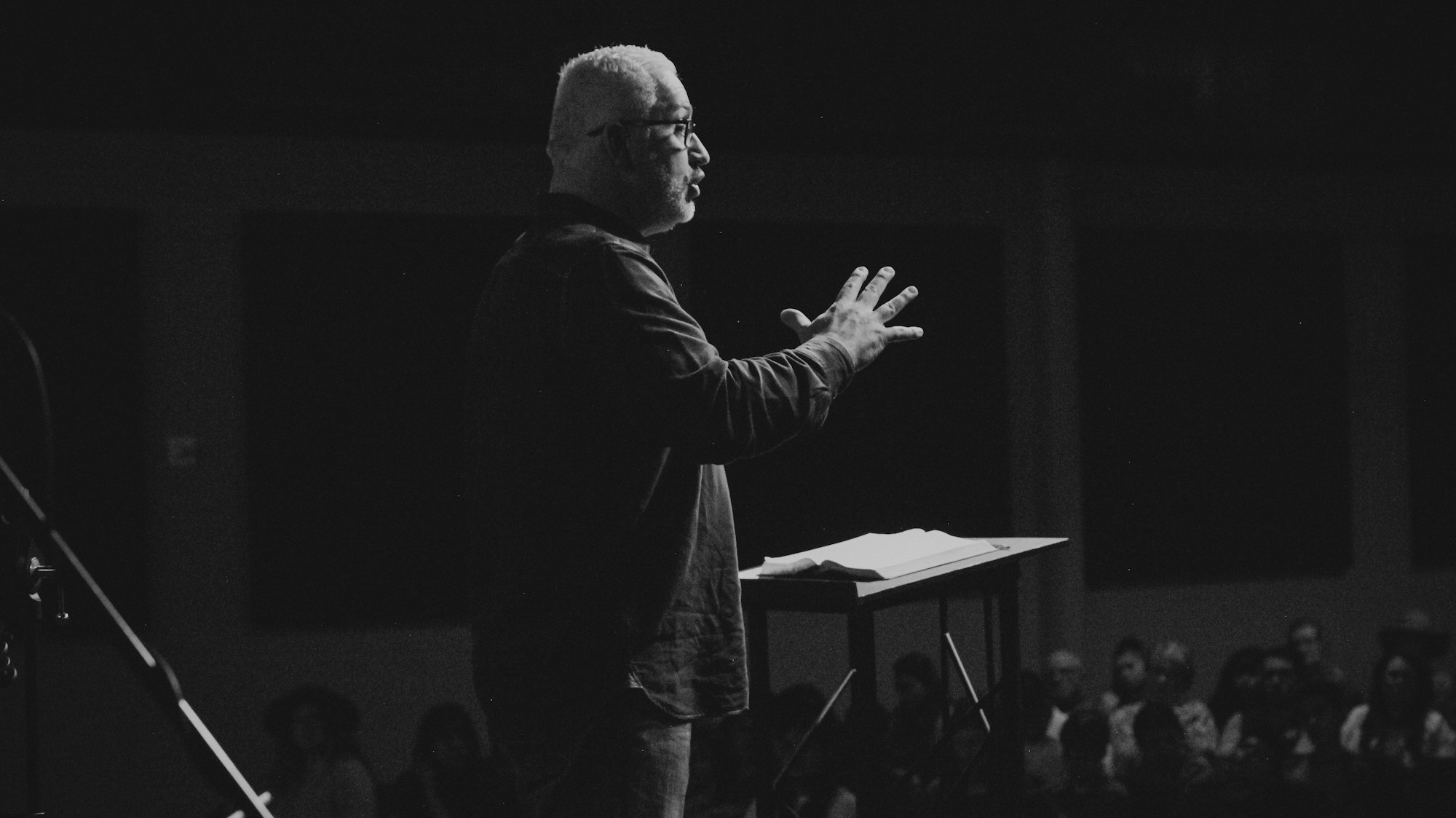Welcome to the seventh issue of Wayfinder.
Wayfinder is about learning to navigate life’s toughest decisions. The choices that keep you awake at night. The decisions that have you second-guessing yourself. The moments when the stakes are high and the path isn’t clear.
Wayfinder is designed to guide you through the fog of indecision, and make choices that align with your values, ambitions, and lifestyle. And we’ll do this using a powerful tool — decision algorithms.
Ancient Polynesian wayfinders traversed the Pacific, discovering island after island by learning to read patterns in sea swells, bird movements, and star constellations. Likewise, I propose we throw away rules, maps, and abstractions. Instead we'll build mental models to help navigate life's challenges.
Li Ming's Dilemma:
This week, we're helping Li Ming, a dedicated postgrad student deep into a PhD program in robotics, grappling with a challenging decision: should she halt her doctoral journey due to the weight of its challenges?
What we'll cover:
- Evolution of Objectives: Revisit past goals and explore how personal experiences and new information can shift perspectives.
- Navigating Turbulence: Just as ships recalibrate during storms, weigh the true extent of the deviation from your path before making drastic decisions.
- Hidden Costs: Discover the true costs (both immediate and long-term) of decisions and how they impact our personal and professional journey.
- Ergodicity: Understand the principle of irreversible losses and how certain decisions today can impact opportunities and priorities tomorrow.
Li Ming's Shift
"I'm two years into a PhD program in robotics. The pressure is immense, and while I love the field, the academic environment feels toxic. The stress is affecting my health and relationships. I'm considering leaving, but not sure if it's worth giving up everything I've worked for..."
Quick note
Have a problem you'd like us to tackle? Send it here, and you could be featured in an upcoming issue of wayfinder.
Step 1: Defining the Decision
➡️ First Principles Thinking: This involves breaking down complex problems into basic elements and then reassembling them from the ground up. It’s about ditching preconceived notions and going back to the fundamentals of a problem. Li Ming needs to distill her situation into its core components and think about what she's truly optimising for.
The first step in any decision-making process is to make sure we're answering the right question - this means we've got to get to the root of the problem.
Li Ming, you've already shared some of the difficulties you're facing, but it might help to make the costs and objectives more concrete.
There are three questions I'd ask to help you get your orientation right:
1 - When I first started this program, what was I hoping to get out of it?
Our values and goals can change over time, and sometimes difficult circumstances can make us lose sight of the target. Try stepping back into your mind when you first started your PhD. Go through the process of writing down what your original objectives were.
2 - Have I learned new information or updated my values in a way that should change my original objectives?
We hate the idea of seeming inconsistent with our past selves, but being able to update your assumptions and goals as you get new information is a true marker of character and intelligence.
That said, not every new data point is worth upending our entire model for.
Two years ago, you didn't know everything that you know now. Now that you're on the programme, are there any aspects of it that you didn't anticipate / failed to appreciate? And is the impact of what you've now learned significant enough that you should 'update your model' by changing your objectives?
3 - What do I want now, and how far am I away from a desirable equilibrium?
Life can easily knock us off balance and send us spiralling. Imagine a ship being thrown off course by an unplanned storm.
Before deciding to abandon the voyage entirely and turn home or jump overboard, it's worth recalibrating your compass to know exactly how far you've turned off course.
If you're heading in completely the wrong direction, maybe it's obvious that nothing can be done to turn the ship around. Or perhaps the cost of turning the ship around would outweigh the cost of escaping in a liferaft and living to fight another day.
But there's also a chance you might realise you're not running drastically off course, and you're just shaken up by the turbulence of the waves. And maybe if you could just hold on, you'll make it through to clear waters.
Step 2: Options and Implications
➡️ Probabilistic Thinking: This is about thinking in probabilities — the chances of different outcomes happening, instead of thinking in certainties. For Li Ming, it’s essential to evaluate the probability of success and failure for each investment opportunity. Instead of seeing them as sure bets, she should gauge the likelihood of various outcomes.
Here's the next question to consider:
What are the costs (financial, emotional, time, etc.) I am currently incurring by continuing this, and how do they weigh against the benefits?
A quick question for everyone reading this - how much are you currently paying in subscription fees for music services, streaming platforms, and other random website services you signed up for at some point?
Most people don't have a clue. They think they do, but when you actually get to writing it all down, the true number might surprise you.
It's easy to underestimate just how many costs we're quietly paying.
Li Ming, when you think both about your current situation, and the situation you'd be in if you quit your program, think about all the costs you'd be paying and weigh them up seriously:
- Immediate costs: What are the obvious up front costs you're paying now? This could be stress, and a lack of productivity, for example. If you left your program, what costs would you incur immediately? A loss of prestige and status maybe, and the ability to do meaningful work surrounded by talented peers and resources.
- Opportunity costs: These are costs associated with forgoing an alternative option. If you stay/go, what might you be leaving on the table?
- Marginal costs: These are the costs incurred for each additional unit of effort or investment. The costs you might be paying in mental health, relationships, or productivity aren't one time payments. They accumulate. And to make things worse, they may not accumulate linearly. Some costs compound each time they're paid.
Are you getting just a little stressed each day, or does the daily + accumulated stress compound over time? Are you a little less productive when you're less focused due to work politics, or does the impact of that distraction compound over time? - Inactivity costs: These are the costs of not taking action. Not making a decision is, in itself, a decision. And indecision has its own costs. It could be adding to your mental load each day. It could be stealing from the effort you could be pouring into your work, or your next opportinity.
- Reversal costs: These are costs associated with undoing a decision. If you leave the program and it turns out to be the wrong call, what would it take to get back on the program?
Step 3: Planning and Execution
➡️ Levers and Variables: These are factors that can be manipulated to cause a change. By adjusting these variables, you can alter the outcome. As Li Ming moves forward, she should identify which variables or factors in her investment can be adjusted to optimize her returns or reduce risks. By recognizing and manipulating these levers, she can dynamically adapt to changes in the market or her personal circumstances.
In this final stage, Li Ming you'll need to ask yourself:
What resources will I regain by stopping this, and how can I best re-allocate them for maximum efficiency and benefit?
In part one we talked about revisiting your original/current objectives and trying to figure out how far you were off-course.
In part two we took a deep look at the costs you might be paying by moving/staying.
Now as we talk about re-allocating resources, let's think about two more things: levers, and systems.
Levers
What levers could you pull to get yourself back on course for your goals? Either now, while you're still on the program, or if you left and did something else?
Here are a few of the levers I see:
- Environment: You mention the academic environment feeling toxic - is that a fixed constraint, or are there things you could do to change that on a macro/micro level? Macro would mean trying to bring about some systemic change. Micro could mean carving out a space for yourself that feels insulated from the external issues.
- Yourself: Your entire perception of the world lies in the gap between your internal response and the external stimuli. If you can't change the world around you, could you take a second look at how you respond to it? Is there anything you could do personally to avoid/modulate your response to the most stressful situations you typically encounter?
- Crewmates: Can you build internal/external support systems to help you navigate the storm? If you don't have any already it could be worth building them. This could be peers at your institution or like-minded people online. You could look for a trustworthy mentor on your current program, or even one at another institution who could eventually help you move.
- Time: Life is long. It's easy to forget that. How much of how you feel is due to the concentration of feelings at this very moment? 10 years from now would it have been better to commit an extra year to your program or get a year's head start on your next challenge?
Systems
When we think about how to manage and efficiently deploy our resources (energy, time, health, etc.) it's worth remembering that most of them don't operate in a vaccum - they exist within systems.
Changing things in one area of your life can have knock on effects on others.
This means two things:
- There are indirect levers you could pull to impact your primary goals e.g. relaxing hobbies that recharge you and negate the stress of a long day. Finding fulfilment in some areas of life could lead to a greater sense of fulfilment overall.
- The costs you pay in some areas can lead to costs you pay in other areas - your consequences have consequences.
A few weeks ago I talked about the concept of ergodicity, and the idea that the way you prioritise today could irreversibly affect your ability to prioritise tomorrow.
"The principle of ergodicity is that any irreversible losses will absorb the possible future gains. So each year you prioritise career progression over spending time with your family could irreversibly alter your ability to spend time with them in the future." - Wayfinder 3
Some areas of your life can be re-prioritised at any point with minimum impact.
But with some things, getting them wrong early on could irreversibly affect your ability to get them right later.
If you don't pour yourself into your PhD now, will you ever have the same energy and vitality to complete it later?
If you don't take care of your relationships and mental health now, do you risk doing irrecoverable damage that affects your ability to prioritise them later?
I'd seriously consider the answers to both those questions.
What next?
That's it for this edition of Wayfinder.
I hope our exploration of Li Ming's question has sparked some insights for your own decision-making journey.
Have a decision you're wrestling with? Send it my way and it might just feature in a future edition of Wayfinder.
Stay decisive.
P.S. Got any feedback? It's a new series so I'd love to know how I can make this as useful as possible for you - just hit reply.







